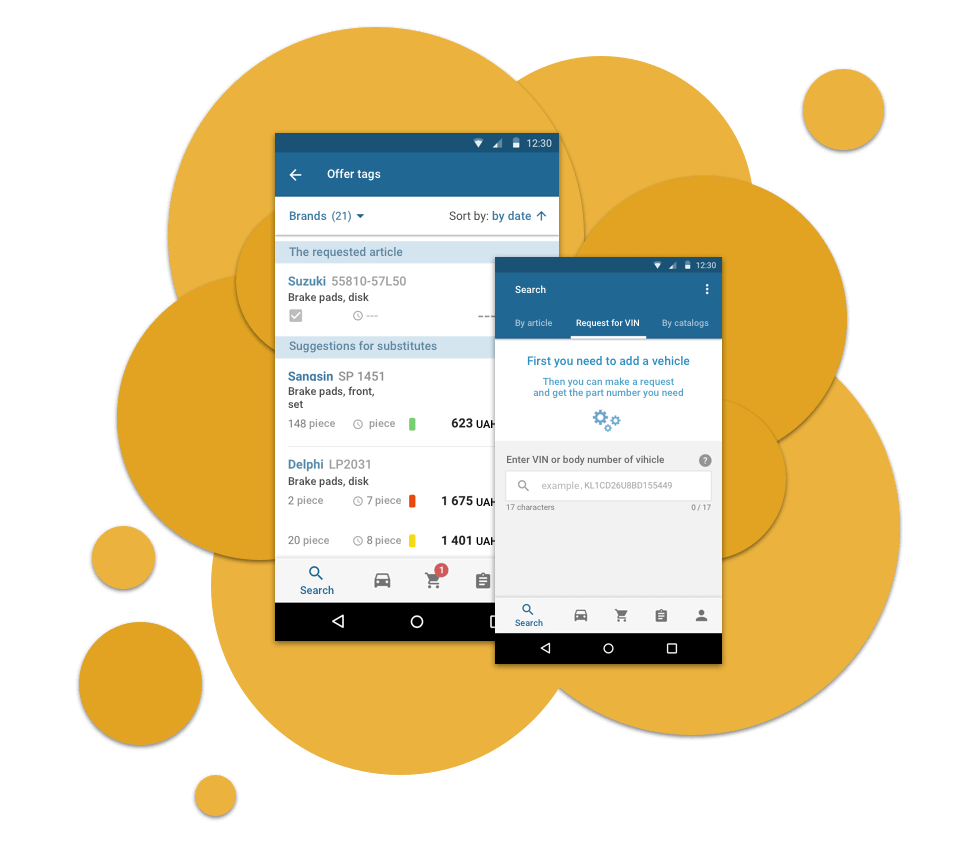In short, a successful design of mobile applications can be described in a few words: simple, convenient and intuitive.
However, beneath this apparent simplicity and unpretentiousness there is careful reasoning of each element and each color shade, as well as their filigree balance.
What is a successful design of a mobile application?
Let's find out what exactly the design of iOS apps or Android mobile applications should look like in order to be considered as a success.

Colors of mobile applications
Since the screen of a smartphone is often closer to the eyes than a monitor, when designing the interfaces of mobile apps you should use subdued, pleasant colors. Overly bright colors and mottling will only harm - working with such app will be accompanied by unpleasant symptoms: eye irritation and even pain.
A small nuance: contrasting colors look particularly impressive on the screens of mobile devices. Designers of mobile apps should definitely take advantage of this feature. You can freely use contrasting colors (but the average brightness).
The number of elements on the screen
Say no to crowding! Do not overload the screen with a large number of elements. You have not only a small screen to work with, but you also have to control it with a finger. Too much text, too many buttons – it all makes it difficult to use.
By the way, distributing all elements over a “sheet” is also not a good idea. Use the scroll bar only when it's absolutely necessary or when it is logically justified (for example, everyone knows that in reading articles you need scrolling).
What should you do with the text of a mobile app?
Avoid long texts. Keep the main idea or an intriguing quote and then place an arrow that takes to a more detailed description (just an arrow – do not burden users with verbal constructions that crowd the interface).
By the way, when designing mobile apps, put at least 28 points in the font size. After all, if you post texts, people need to be able to read them – from a small screen.
Underlining is a taboo
Underlining links is a tradition for websites. For development of mobile applications and mobile versions of web resources it is better to use buttons. This is related to ergonomics of use. Controlling an app with a finger has its own nuances.





